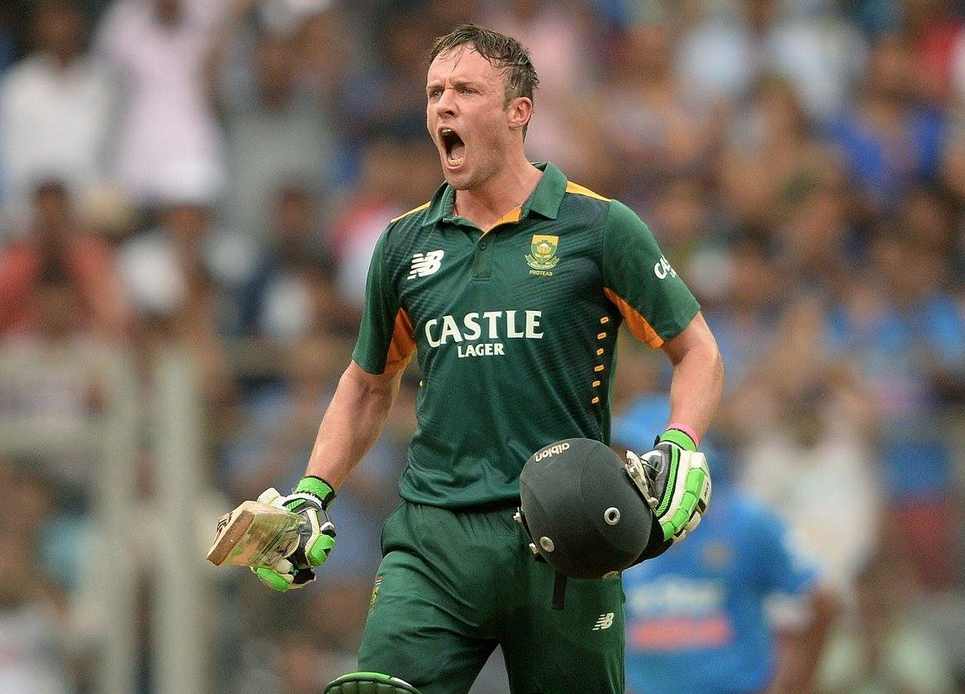Five things we learned from South Africa’s historic ODI series victory against India.
AB is king
Everyone should know this already, but AB de Villiers can already be considered as arguably South Africa’s best ever ODI batsman. He has become the most popular international cricketer to play in India. De Villiers’ career strike-rate is now 100.28 in ODIs. After his 119 off 61 balls in Mumbai his strike-rate jumped from 99.59 to 100.28. It is first time in his 10-year career that it has exceeded 100. Of the 28 players with 8 000-plus runs in ODIs, just three have career SRs above 100; the othertwo being Shahid Afridi (117.00) and Virender Sehwag (104.33). De Villiers has now scored four ODI centuries in fewer than 60 balls – the most by any batsman, passing Afridi, who managed the feat three times, and his 54.21 career average in ODIs is the highest among the 194 batsmen with at least 2 000 runs.
Quinny is key
The wicketkeeper/batsman has done well since regaining his place in the side after a disappointing run of form. South Africa are a much better side when he bats well at the top of the order. His is a quick scorer and generally sets the pace of the innings, which allows Hashim Amla to play his natural game. De Kock has also done very well behind the stumps and as he learns to read the game and match situation better there is little doubt that he will be a force to be reckoned with in years to come.
Rabada has made his mark
Arguably South Africa’s most impressive player throughout the series considering his age and inexperience, Rabada has firmly cemented his place in the ODI side with some stellar performances. He was along with Dale Steyn the top wicket-taker in the series with 10 scalps at an average of 24.10 and has put Vernon Philander and Kyle Abbott under serious pressure for a place in the side. Rabada has shown a maturity beyond his years on this tour and coped well in conditions that didn’t suit his bowling. His duel with MS Dhoni was epic and the youngster will take a lot of confidence from this. His Test debut can’t be far away.
Faf is the rock
Du Plessis’ 323 runs in five innings was only bettered by AB de Villiers (358), but he has added a consistency to his game which has served the Proteas well on this tour. His average of 80.75 at a strike-rate of 93.62 shows he hasn’t batted too slowly either. His hundred on Sunday was a superb innings powered by determination and grit, battling through severe cramps while batting with De Villiers. He has the potential to be one of the best N0 3 batsman in the world and South Africa will hope he can replicate that form in the Test series.
The replacement
South Africa lost JP Duminy for the last two games and missed him hugely in the fourth ODI. His absence wasn’t felt as much in the last game, but the question needs to be asked: What is the back-up plan if Duminy gets injured? He has had his fair share of injuries over the last couple of years and the selectors must come up with a clear plan of what to do when he can’t play. A like-for-like player, a batsman who can bowl, is preferable as Duminy provides vital balance to the side. Albie Morkel and David Wiese are the most obvious candidates, while Rilee Rossouw’s bowling probably isn’t up to scratch. Besides, Rossouw will look to establish himself in the side anyway and David Miller seems like the player with the target on his back.







